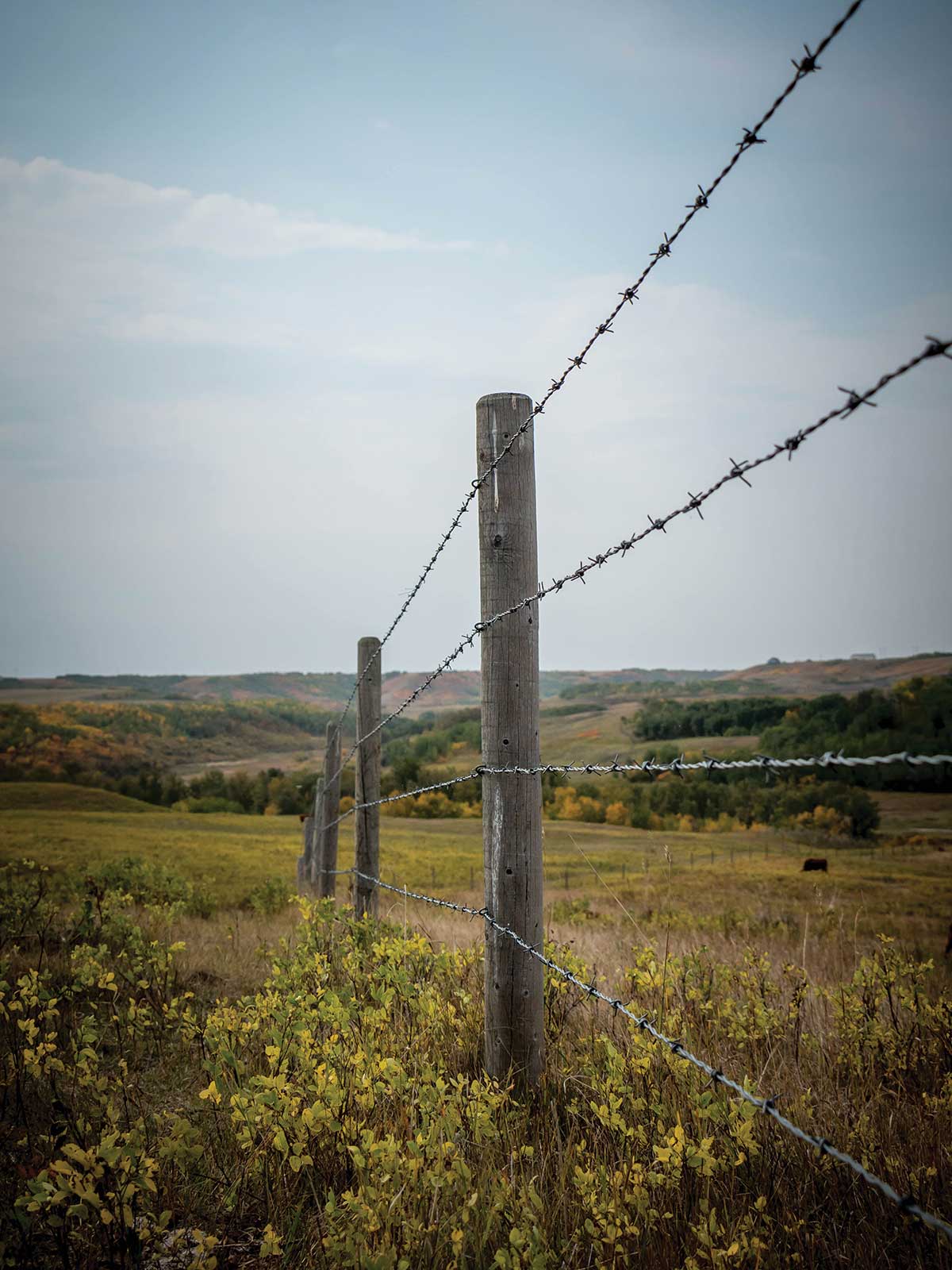Historian J. Evetts Haley noted that the XIT Ranch was probably the largest fenced range in the world, and its barbed wire enclosed more than 3 million acres. The huge enclosure helped manage enormous cattle herds and deterred rustlers but also gave rise to the creative use of a new technology: the telephone.
Consider these reports from other parts of the West. In 1897, The Electrical Review reported that “on a ranch in California, telephone communication had been established between the various camps … by means of barbed wire fences.” Also in 1897, the New England Journal of Agriculture observed that two Kansas farmers, a mile apart, had attached phone instruments to a barbed wire fence that connected their farms and established easy communication.
Listen to Author W.F. Strong Read This Story
Visit Texas Standard for more Texas stories (most of which are true).
The Butte Inter Mountain included this notice in 1902: “Fort Benton’s latest development is a barbed wire telephone communication.” The article points out that people of that part of Montana were not happy with barbed wire, but they had decided to look at its practical side and created a telephone exchange that would connect all the ranches to Fort Benton.
On the XIT, given that the ranch covered more than 4,500 square miles, there was interest in creating a communication system that would be more efficient than sending out fast riders to distant camps. “In the early 1900s,” Haley wrote in his 1929 history of the XIT, “a great many telephones were placed upon the ranch. Where possible, the top line of the fences was used as a telephone line, though the ‘service’ was atrocious. It did allow for quick communication concerning emergencies such as grassfires that required all cowboys immediately.” There was even talk among technology geeks of the era that cowboys could carry phones wherever they went and clip on to the fence to report problems.
The rudimentary use of barbed wire on the ranches led to more creative thinking about rural phone systems. Historian Don Anderson, who earned a doctorate in electrical engineering from Stanford University, told me that barbed wire phone systems led to the conclusion that “using whatever is already in place is smart planning.”
So when rural Texas wanted to extend phone service from town to town, engineers decided they could use the existing rural power lines, already installed by electric cooperatives through the Rural Electrification Administration, and run the phone signal through the electric lines at a different frequency. That saved a lot of money and brought phone service along with electricity to rural areas.
Still, many ranches liked their barbed wire systems and kept them, even though the voice quality wasn’t very good. As late as the early 1970s, a dairy farmer I knew had a barbed wire phone running a half-mile from his house to the barn. He said it was good for talking to his wife about what time to come in for supper. But most of all, he said, “It’s free. I don’t have to pay Ma Bell nothing for that phone, and I enjoy thinking that it’s a burr in their saddle.”
It is fascinating, Anderson said, to consider that what started as a fence system on the XIT evolved into what is XIT Communications, a co-op that provides phone service and high-speed internet to rural communities—some in the footprint of the original ranch.


